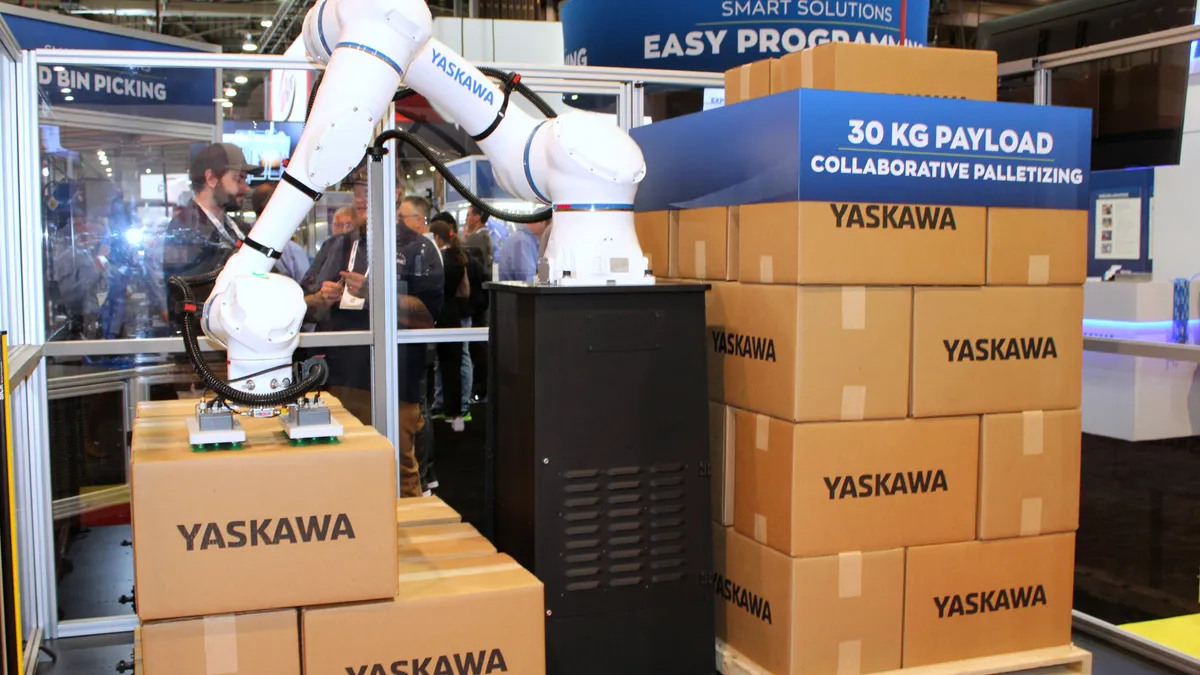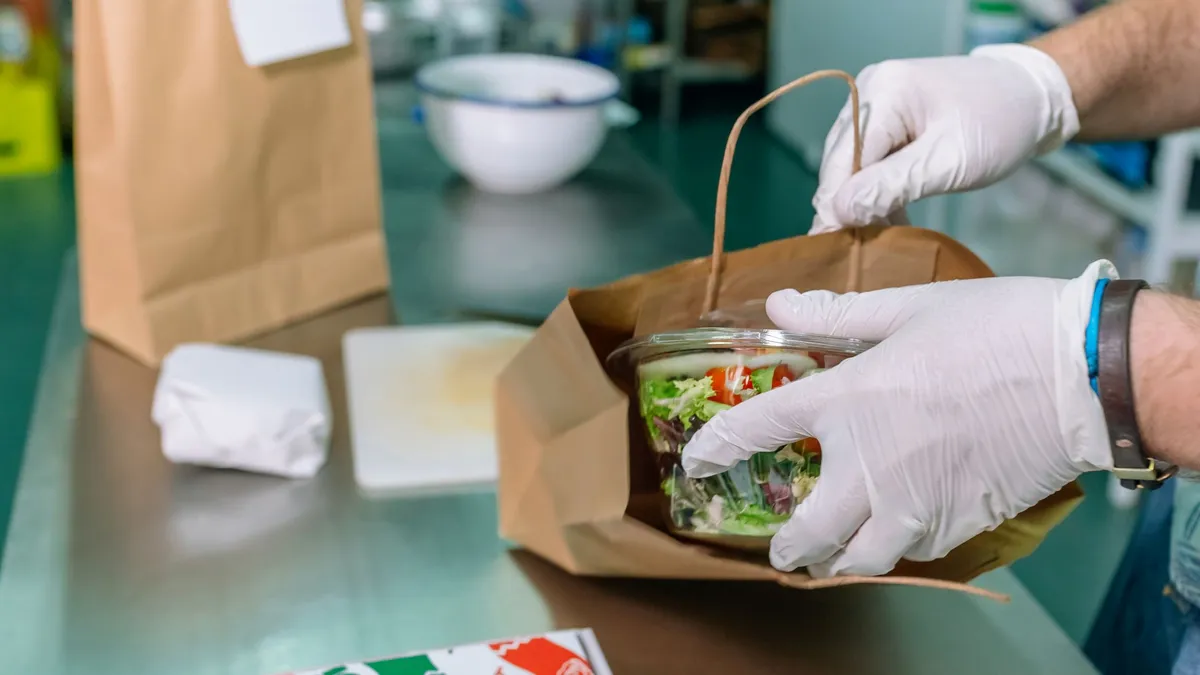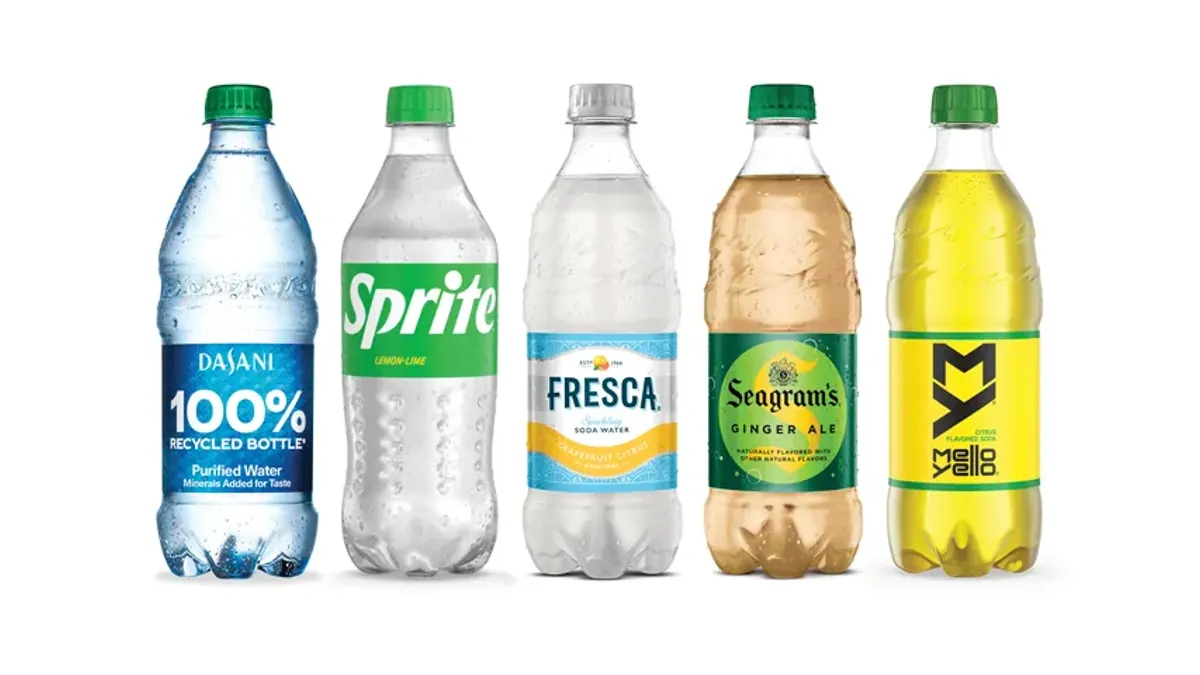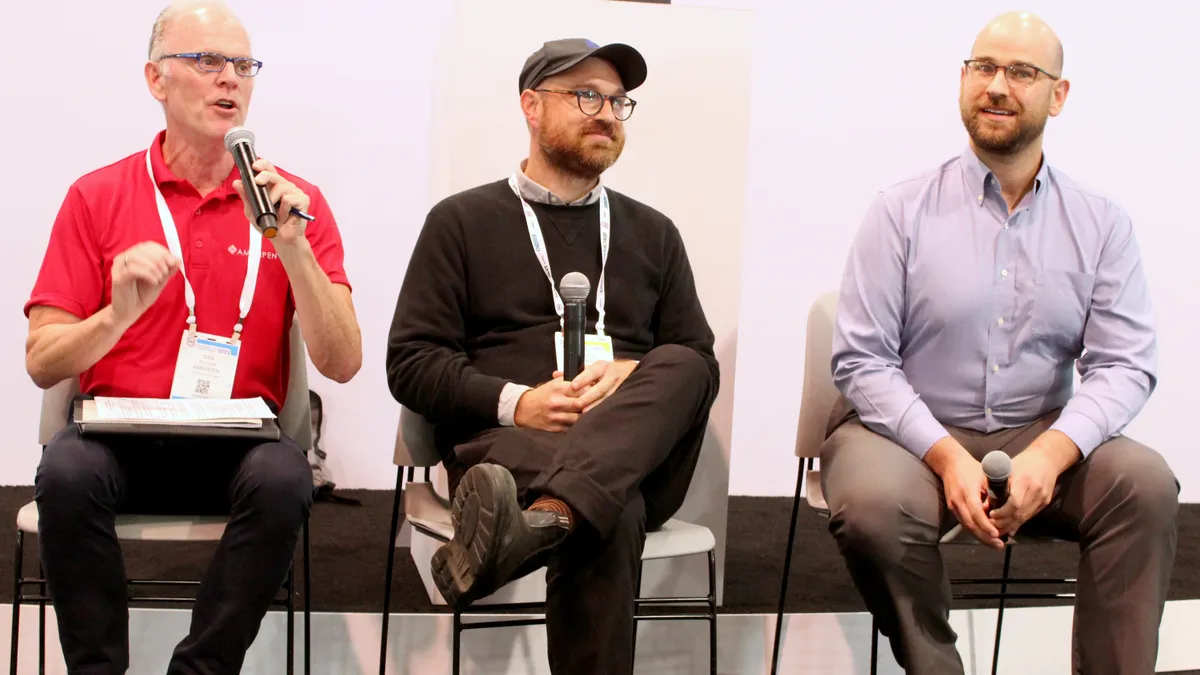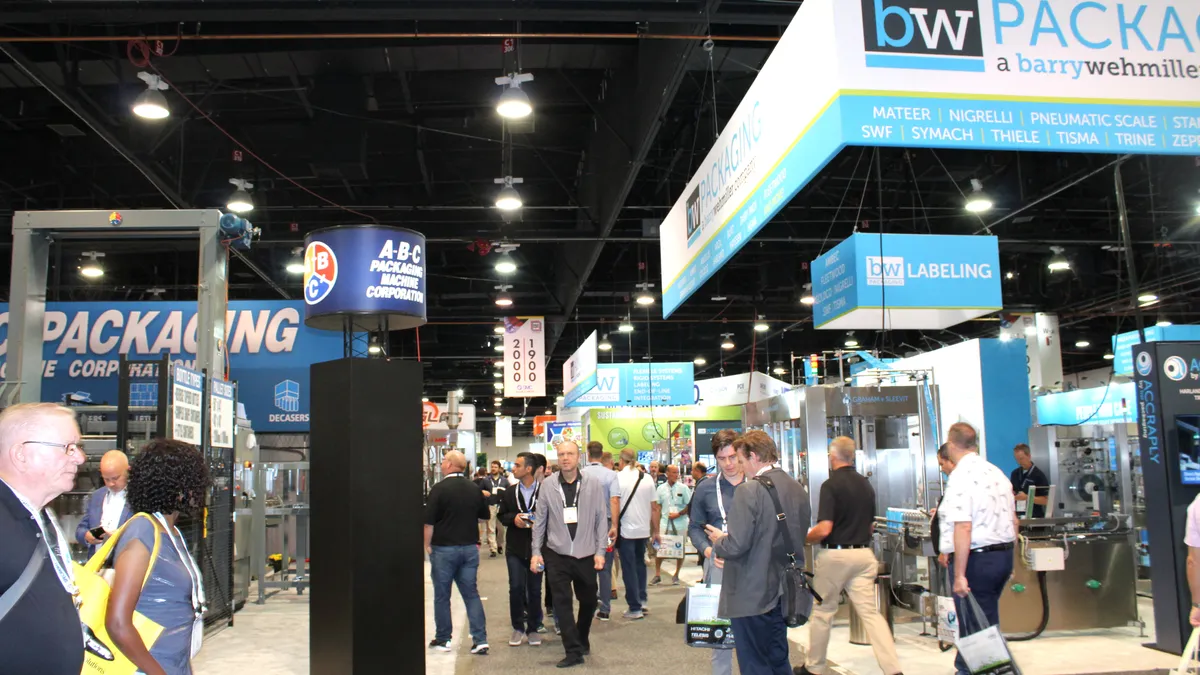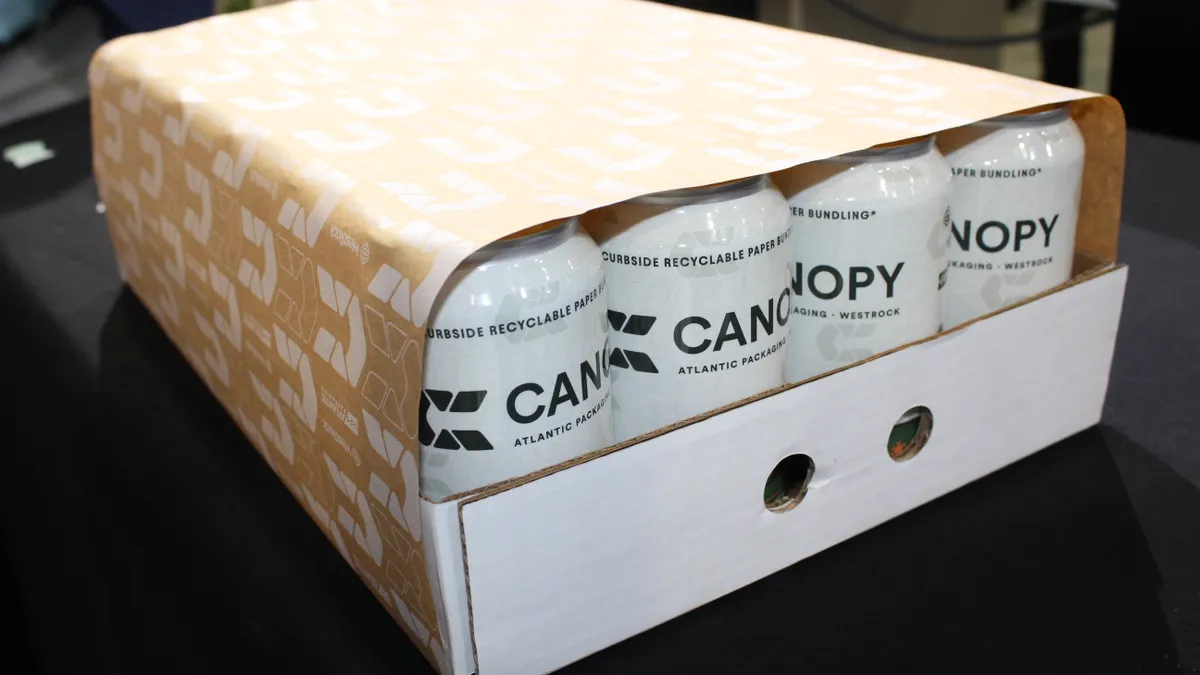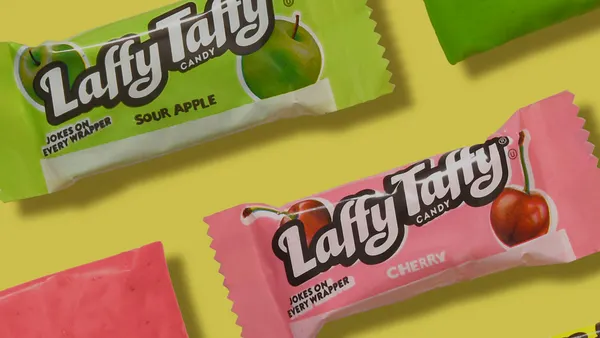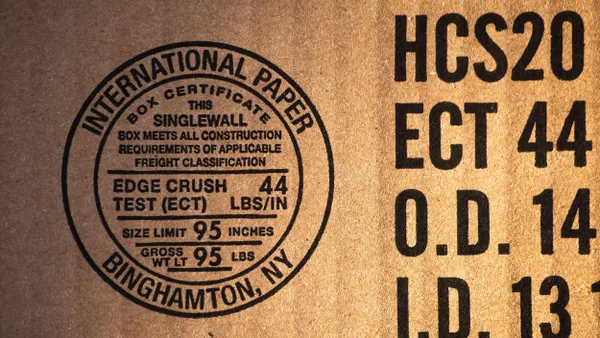Equipment automation, machine learning and artificial intelligence aren’t brand new concepts, but they’re evolving and being used in fresh ways to revolutionize operations in the packaging industry, according to Pack Expo 2023 speakers and attendees.
AI itself is having a publicly pivotal moment as it advances technologically and users identify more applications where it can serve as a beneficial tool. It was a buzzword that frequently came up at companies’ booths and at educational sessions at Pack Expo in Las Vegas from Sept. 11-13.
Pierre Pienaar, president of the World Packaging Organisation, brought up the topic while discussing global packaging trends and challenges during a media event. “I think we’ve only touched the surface of what’s going to happen with AI into the future,” he said. “Already we see that the automation of tasks is happening in the packaging industry through AI, the improvement of efficiencies and ultimately decisions are being made.”

However, AI is “very immature” right now and both tech designers and users are still trying to figure it out, said Andrew Lomasky, senior director of IT at PMMI, The Association for Packaging and Processing Technologies, during an educational session.
“We’re on generation one right now,” he said. “When I think about the life cycle of technology, I like to think of it as: crawl, walk, then run. I would say AI is at ‘pre-crawl’ right now.”
Despite being early stage, “artificial intelligence is taking the world by storm” and “has the potential to disrupt and revolutionize the way we do a great many things. ... We haven’t even started to touch all the things it can do within manufacturing,” he said.
Although many people currently think of ChatGPT when they hear the term “AI,” ChatGPT is a specific application powered by AI technology, Lomasky explained. True AI involves a human inputting datasets and parameters into a digital system, then the system running on its own, training itself and continuing to refine outputs; in a way, it’s self-programming.
“It’s meant to intake massive datasets and help you make decisions in real time,” Lomasky said. “It’s a big departure from programming systems that we’re all used to over the last 30 years.”
At a separate educational session, Matthew Wright, founder and CEO at digital specification management company Specright, said that AI should “help you do your job better [and] faster.”
Putting it to use
For manufacturing, AI is a tool to increase equipment efficiencies and speed. It aids with predictive maintenance and minimizing downtime by identifying issues early or before they occur, and even proactively reprogramming equipment, Lomasky said.
AI helps humans with quality control or generating step-by-step training documents. It can also assist with generating customized product designs, such as for packaging, or devising new product ideas. Other areas of AI disruption include automated warehouses and robots, such as for moving packaged products in storage.
In addition, AI shows promise in the smart packaging space, Lomasky said. And AI-enabled systems can consume materials more efficiently, thus reducing waste and costs.
“Some of this has been out there for a while, but AI is going to take it to the next level,” Lomasky said. “The idea isn't that AI can do 100% of the work for you. But if it does three-quarters of the heavy lifting, you can just review it.”
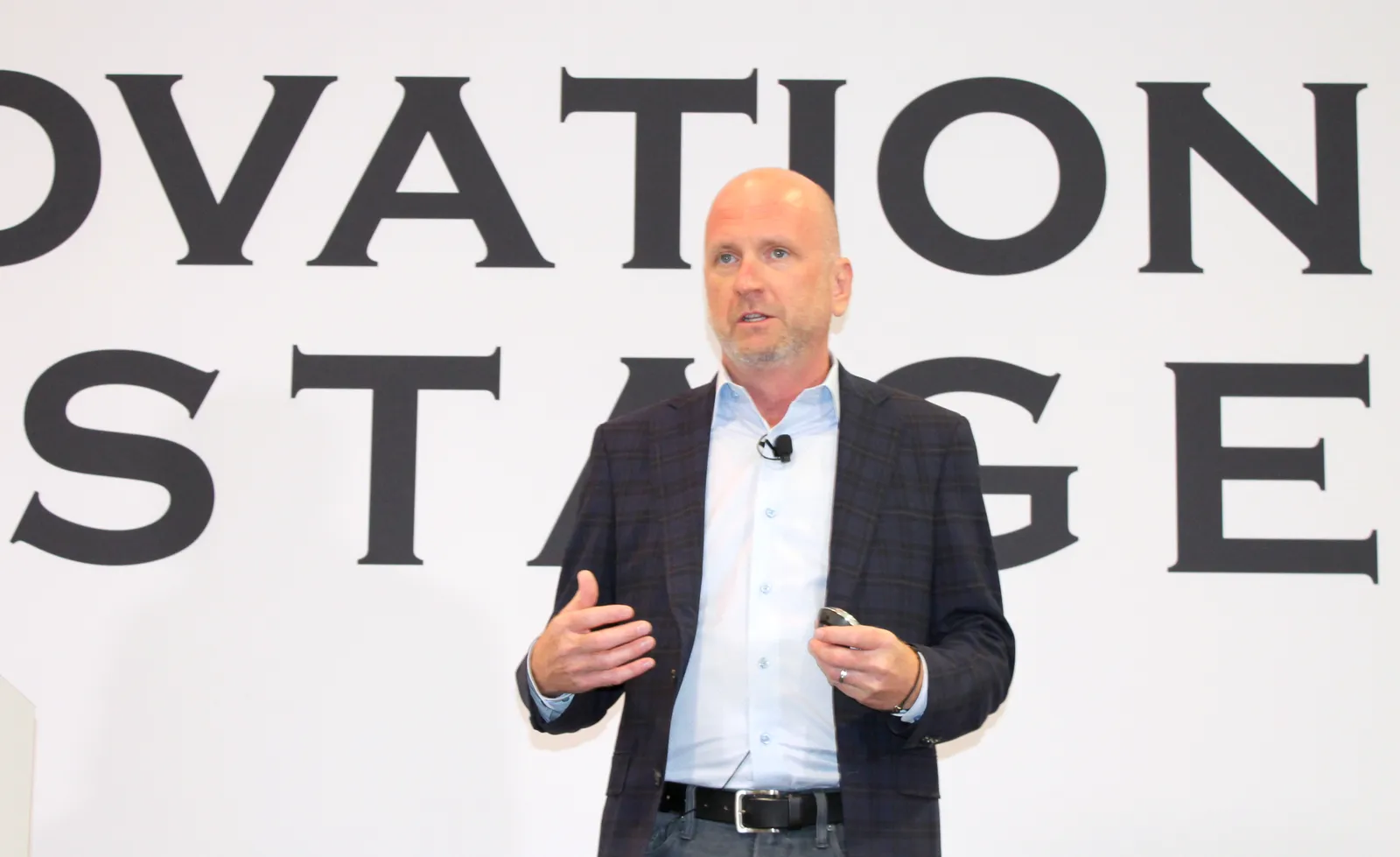
Despite the potential in the packaging space, “we really haven’t seen a tremendous effect” there yet because of the vastness and complicated nature of the datasets, Wright said. “Packaging is the hardest piece to corral. ... If you think about the complexity of the data structure in packaging, it’s infinite — especially as packaging changes and becomes more sustainable.”
When using AI the most important step is to capture and structure the data correctly, he said, and another important aspect is that “everybody’s got to standardize it the same way. All the financial institutions standardize their data. ... We have to figure out how to do that with packaging to get output that is as clean as possible,” Wright said.
He shot down a common belief that incorporating the tool into every system from the start is a best practice. Instead, Wright and Lomasky both recommended starting small, learning the system and then adding capabilities over time.
“Technology used to be that you had to get it right the first time or it would be difficult to fix,” Wright said. “But technology today ebbs and flows, it grows constantly,” meaning systems can grow and be fixed easily.
Key considerations
AI discussions at Pack Expo heavily skewed toward benefits of using such technology. But they often returned to the fact that the field is nascent and users must take measures to ensure proper and secure technology use without unintended negative consequences.
AI systems can spit out a lot of skewed or incorrect information, speakers said. For one, the conclusions that AI systems draw could be based on legacy or incomplete data inputs, which results in faulty or lacking outputs. For this and a plethora of other reasons, speakers stressed the importance of monitoring AI systems’ work, especially in the early stages, and reviewing any outputs before using them.
Another crucial element is implementing strong security controls. Just as with other IT systems, robust controls include strong passwords, multifactor authentication and not inputting people’s personal information or proprietary data.
Speakers also recommended robust training on how to use AI tools and what employees can and can’t use them for. The first step is to establish a documented AI policy — which can change over time as the technology and use cases evolve.
“With the internet of things and the ability to interconnect pretty much everything, you’re only going to want to be more careful ... about what vulnerabilities you have when you’re implementing AI,” Lomasky said.
Speakers said that in the future, packaging companies will be among the broad array of employers that expect their workforce to be skilled in using AI tools to get better business outcomes.
“I’ve never been more excited about the future,” Wright said.



